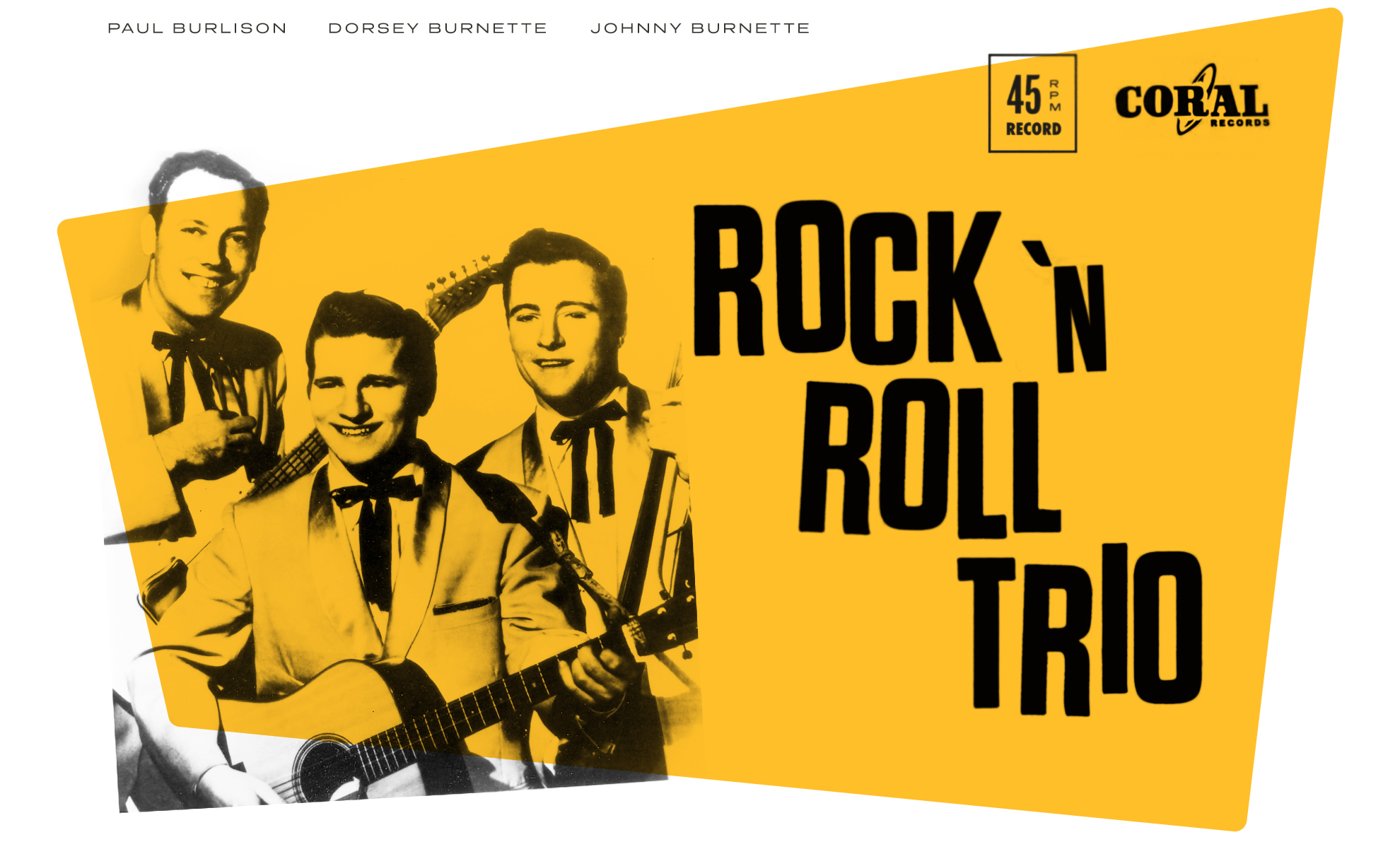
The Rock and Roll Trio, as the three were eventually called, became instant pioneers of the genre with some of the wildest and most uninhibited music to ever come out of Memphis. Despite their relative obscurity, the two brothers, Johnny and Dorsey Burnette, paired with friend Paul Burlison, were as inventive and influential as anyone this side of Elvis Presley when it came to early rock and roll, especially in terms of their influence on artists who would go on to create heavy metal and punk.
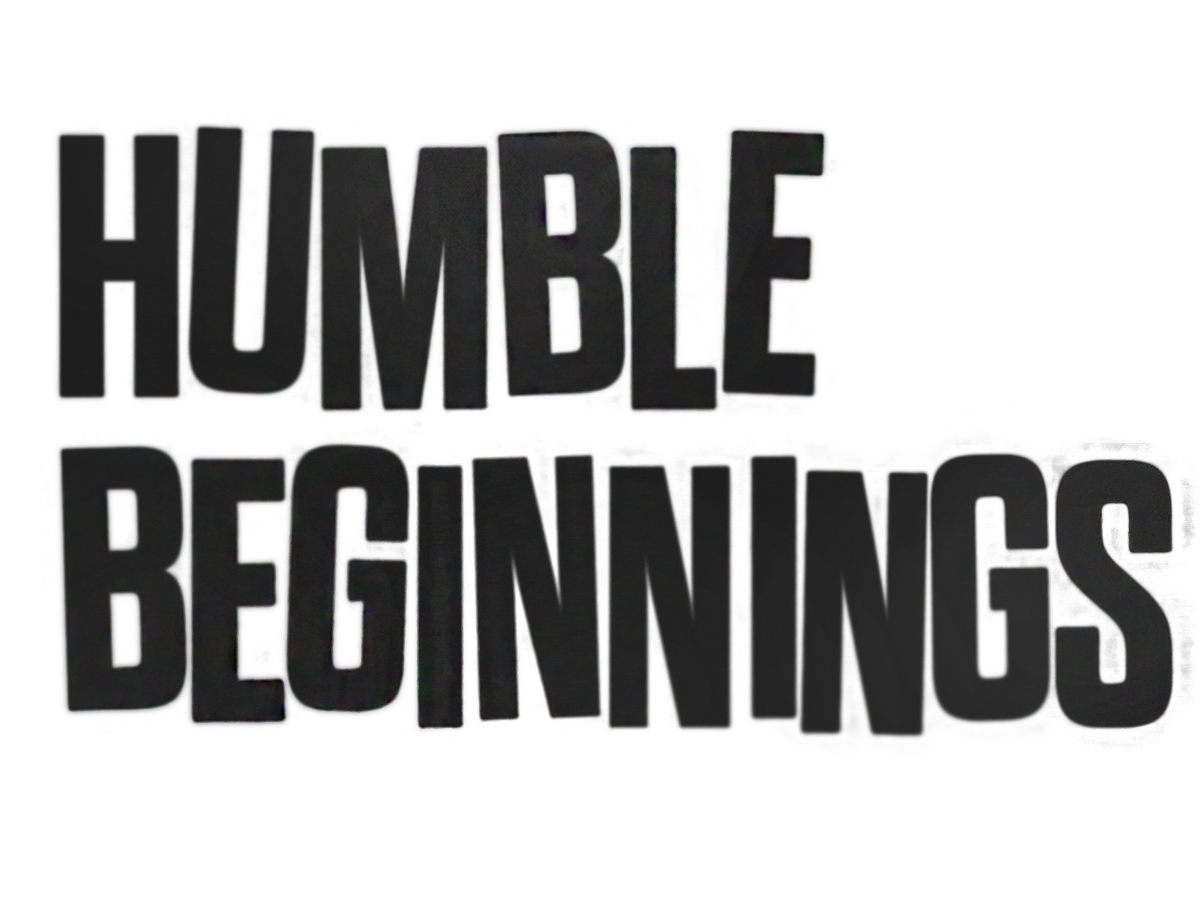
Unlike many of the early rock and rollers who emerged out of the Bluff City in the 1950s, all three members of the Rock and Roll Trio were born and raised in Memphis. The Burnette brothers, much like their friend and contemporary Elvis Presley, grew up poor in the Lauderdale Courts housing project in downtown Memphis, filling their free time soaking in the diverse music of the region. Their father gifted the brothers two guitars in 1939, which, in a foreshadowing of things to come, they promptly broke over each other’s heads. “Dad went out and bought us two more guitars,” Dorsey recalled. “He said ‘Learn to play those guitars, you can be like those folks on the Grand Ole Opry.’ We started playing parties, little dances, and weddings. We made little or no money, but we had a blast doing it.”
During this same period, Paul Burlison, who was a few years older than the Burnettes, was cutting his musical teeth on Beale Street, even playing alongside Howlin’ Wolf during the 1940s. Although he had grown up a devotee of the Delta blues, by the early 1950s Burlison was starting to move towards a different sound. “Somewhere I drifted off into country more than blues, because that’s what the people I would associate with were doing,” he recalled. The influence of the two genres would go on to play a huge role in his unique guitar style, as Burlison learned to master a pristine blending of the two.
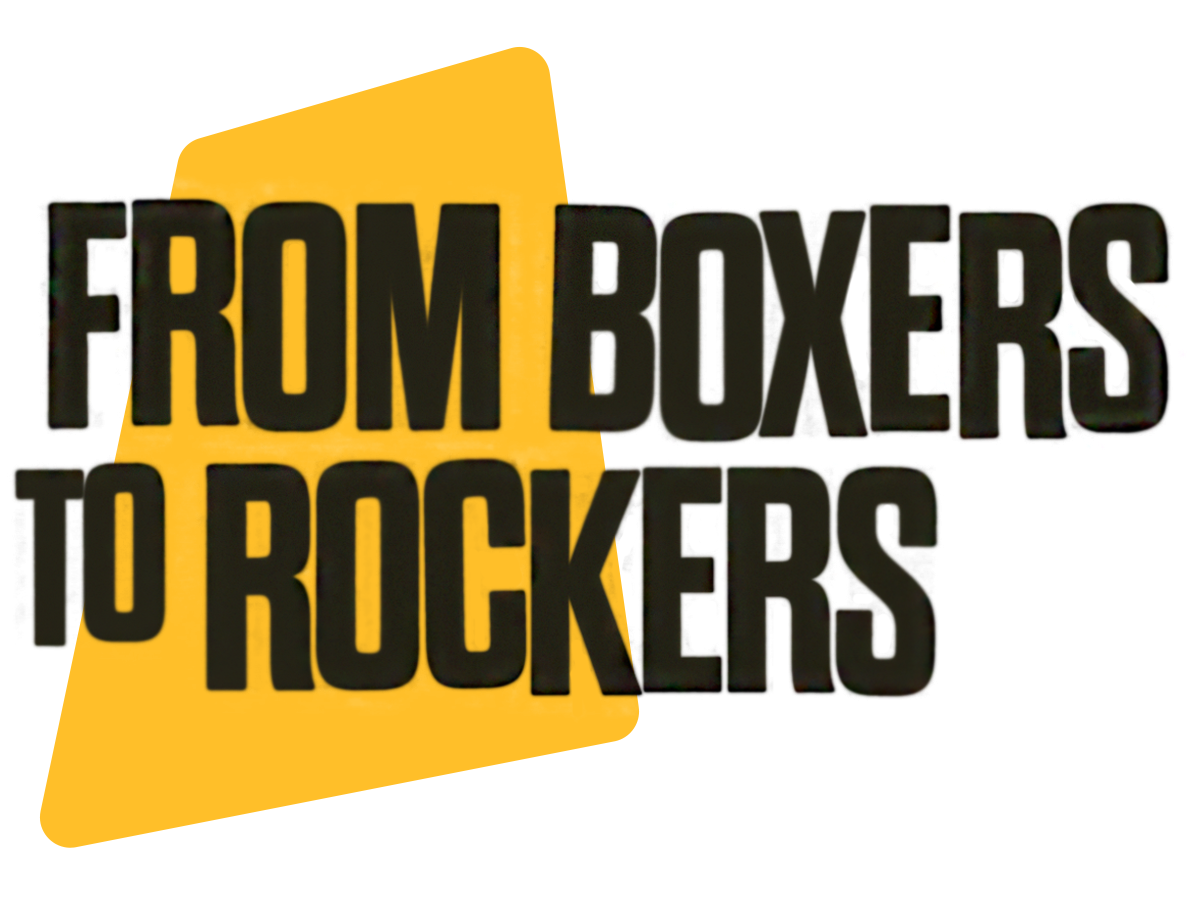
Despite their collective love of music, all three men were initially devoted to boxing, a sport in which they each excelled. The Burnette brothers also had a reputation for less structured violence, as Elvis’ longtime guitarist Scotty Moore recalled. Describing a joint show at a local honky tonk, Moore said “All hell broke loose. Johnny and Dorsey were notorious fighters. They’d been banned from all the Cotton Carnivals. I don’t know how many the two of them were fighting – a bunch of them. I decided then, ‘Well boys, I don’t think we can book you again around here.”
In 1949, Dorsey met Paul Burlison at a boxing competition and mentioned the possibility of playing music together, but it would take another two years before the Burnettes and Burlison joined forces. The three began playing regular gigs at the hillbilly nightspots dotting the outskirts of the city in 1951, performing a mixture of country, bluegrass, and cottonpatch blues both as a trio and with other groups. By 1953, they had formed the earliest iteration of their group, then known as the Rhythm Rangers, which featured Burlison on lead guitar, Dorsey on the stand-up bass, and Johnny on the rhythm guitar and handling the lead vocalist duties. They auditioned for Sam Phillips at Sun Records, but were turned away for apparently sounding too similar in sound to Phillips’ other stars.
Undeterred, the Rock and Roll Trio continued to perform in the honkytonks and jamborees around Memphis until the group decided to try their luck outside of the South in late 1955. As Paul Burlison recalled later, “Elvis had just got off of the Tom Dorsey Show, and so we said ‘Let’s go to New York and get on some of the shows up there.’” With a little effort, the Trio secured a spot on the Ted Mack Show, where they went on to win a battle of the bands competition three straight times. The victories lead to a nation-wide touring gig, followed by a recording deal with Coral Records.
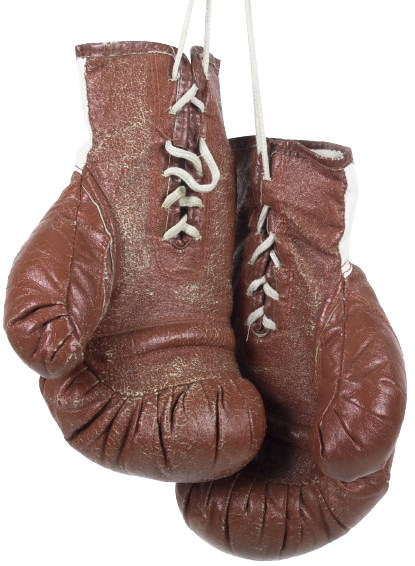
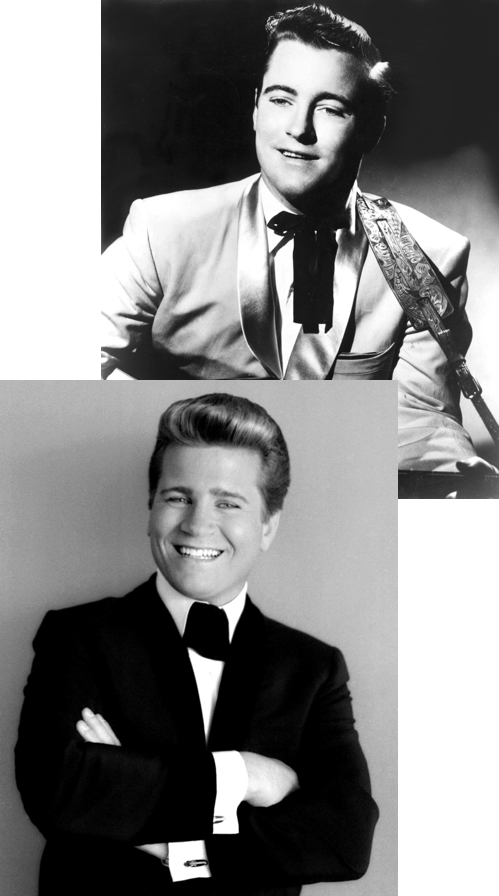
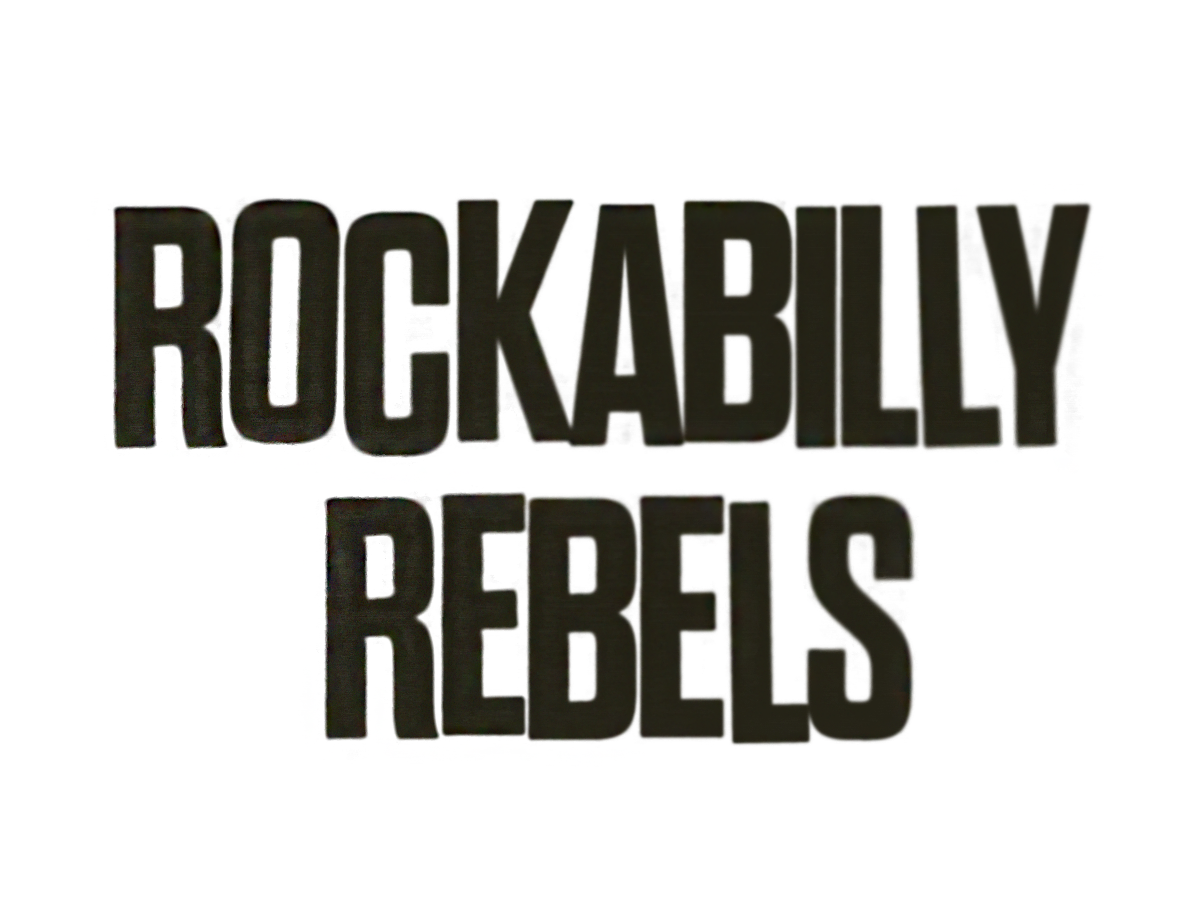
Between May of 1956 and March of 1957, the Rock and Roll Trio recorded a total of 25 tracks, including some of the most raw and energetic rockabilly music ever put to tape. At their initial session in New York, the Trio cut their first single “Tear It Up,” now a rockabilly standard. The single sold well enough regionally for Coral to schedule an entire LP, which the group requested be recorded in Nashville.
Over four days in July of 1956, the Rock and Roll Trio recorded a stunning string of rockabilly classics, perhaps most notable among them being their version of “Train Kept A-Rollin’,” a no-holds-barred rendition of Tiny Bradshaw’s classic jump boogie tune. In addition to being a pristine piece of pure rockabilly, the song has also been credited as the first song to ever intentionally utilize guitar distortion, a huge development in the sound of rock ‘n’ roll. Burlison recalled that the sound was first produced accidently after he had dropped his amplifier, but that he soon sought to recreate it. “When I plugged my guitar in when we went on stage, it had a real fuzzy sound,” he explained. “So I looked back there in the back of the thing, and saw one of the tubes was just barely sticking in the prong. It sounded pretty good, so I just left it there. And from then on, when I wanted to get that sound, I just reached back there and loosened the tube.” Music journalist Miles Raymer even argues that “Train Kept A-Rollin’” should be considered the world’s first punk song, writing “This is one of the first times in recorded history that a musician made the decision to intentionally make their instrument sound worse: Anti-hi-fi, halfway broken, fingers raised to the very notion of pristinity.”
Burlison’s distorted guitar sound was not the only component of what made the Rock and Roll Trio’s sound so savage, however. Johnny Burnette’s signature shrieks and wails portended singers like Robert Plant and Janis Joplin, while Dorsey’s driving bass kept the track chugging along at a pace that seemed destined to derail. They were not only at the forefront of the burgeoning rock ‘n’ roll sound, but in many ways, years ahead of their contemporaries. Despite their innovations, or perhaps because of them, the group failed to find large mainstream success.
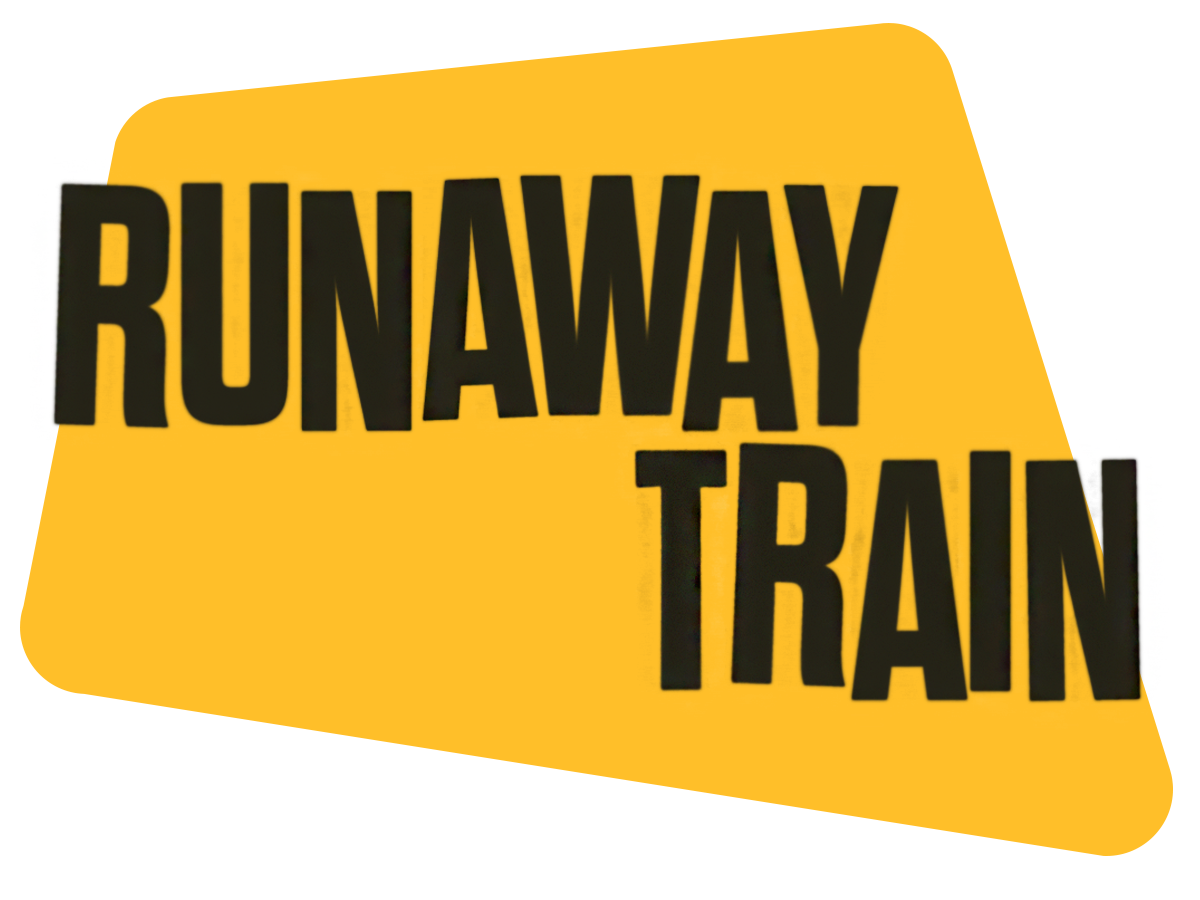
By August of 1956, Johnny and Dorsey’s relationship had grown ever more toxic, and following a particularly volatile gig in Niagara Falls, Dorsey left the band. Scheduled to appear in the Alan Freed movie “Rock! Rock! Rock!” in just a few days, the group scrambled to find a replacement bassist, finally settling on Johnny Black, the younger brother of Elvis’ bassist Bill Black.
Under contract to produce one more session for Coral, the newly constituted group returned to Nashville in the spring of ’57 to record. However, the four tracks from this session were ultimately credited to Johnny Burnette rather than the Rock and Roll Trio. That fall, Dorsey returned to the group, but the fate of the trio was already sealed. Soon after, the Burnette brothers moved to Los Angeles to pursue solo careers, bringing an unceremonious end to America’s most dangerous band.
In Los Angeles, Johnny and Dorsey finally found some of the success that had so far eluded them, writing a string of hit songs for Ricky Nelson such as “Waitin’ In School” and “Just a Little Too Much.” Johnny in particular found success as a solo artist, becoming a teen idol of sorts with much more sterile songs like “Dreamin” and “You’re Sixteen.” Tragically, just as his career was beginning to take off, Johnny drowned during a fishing accident on August 14, 1964.
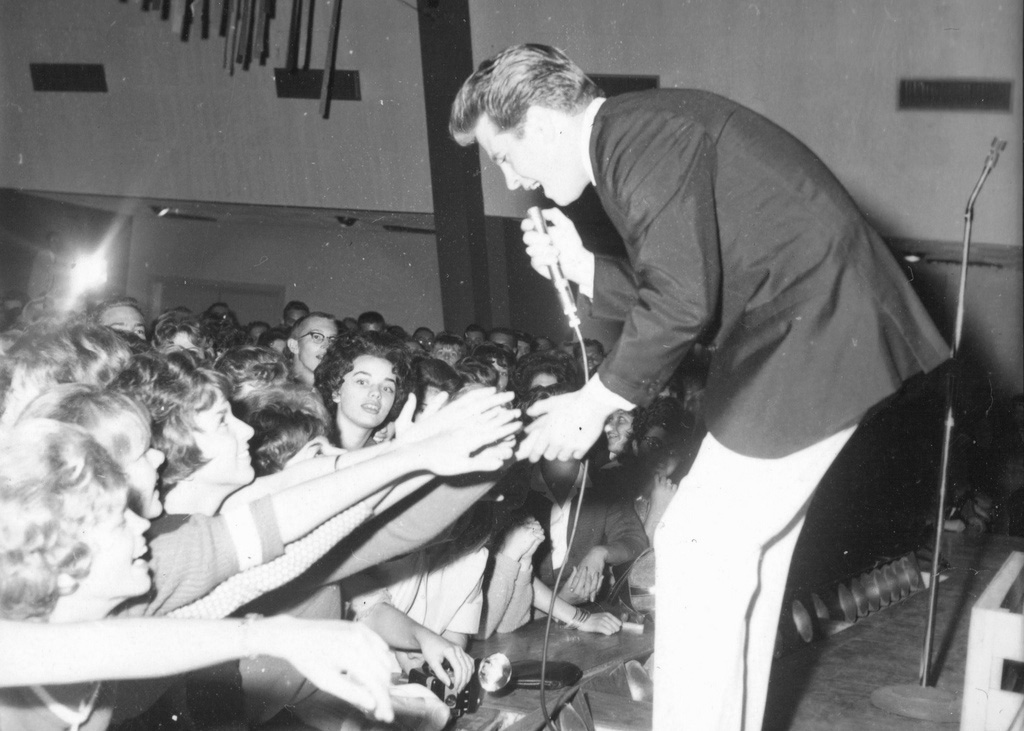
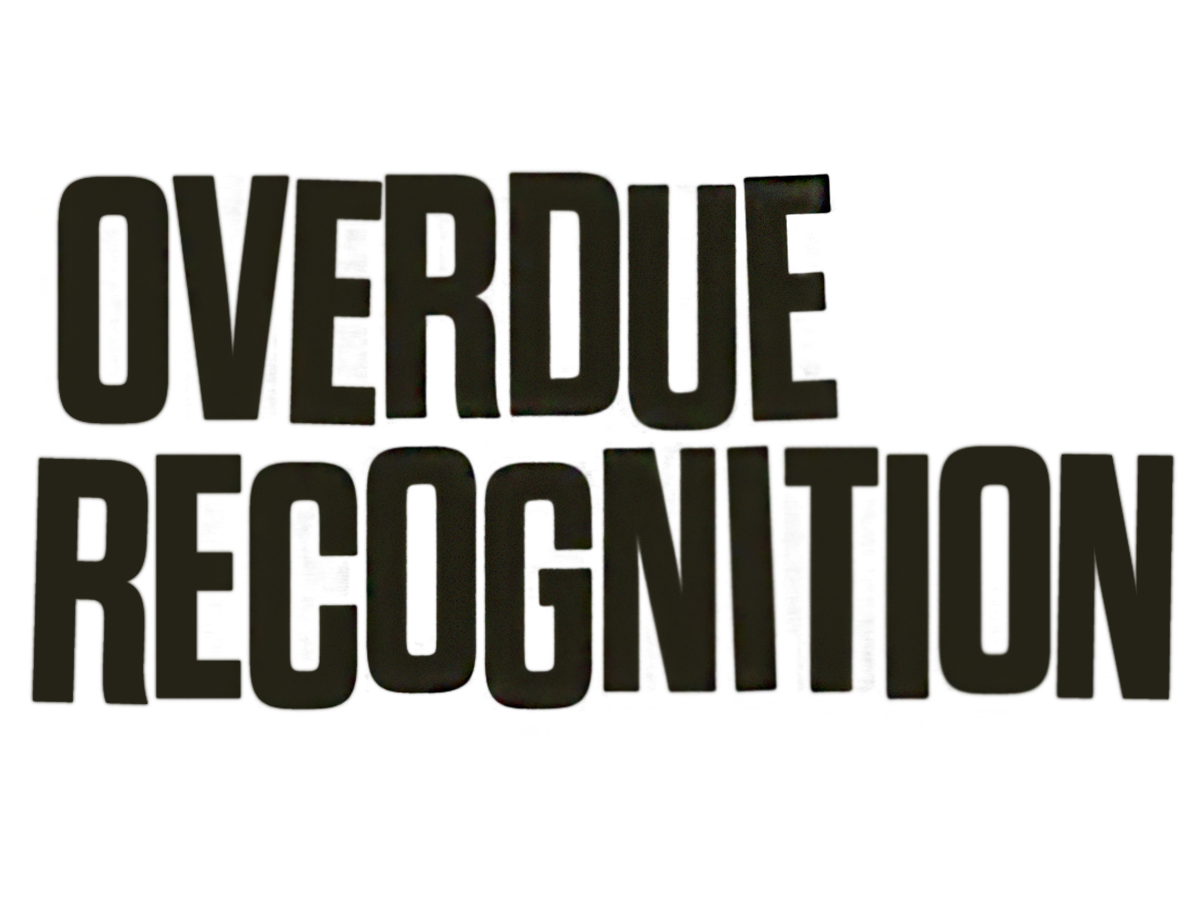
Over the ensuing years and decades, the music of the Rock and Roll Trio slowly but surely began to resurface, gaining the group legions of new fans who were enthralled with their unruly and innovative sound. Guitarists, in particular, found inspiration from the group, with everyone from Jeff Beck to Jimmy Page singing their praises. Memphis musician-producer Jim Dickinson even recalled an instance of Eric Clapton attempting to emulate the group’s sound on “The Train Kept A-Rollin’.” After growing frustrated, Clapton apparently threw his guitar on the bed and exasperatedly asked “What in the hell is he doing?!” It’s a fair question, and one that generation of rockabilly and rock musicians have been asking themselves for ages.
Be the first to add your voice.